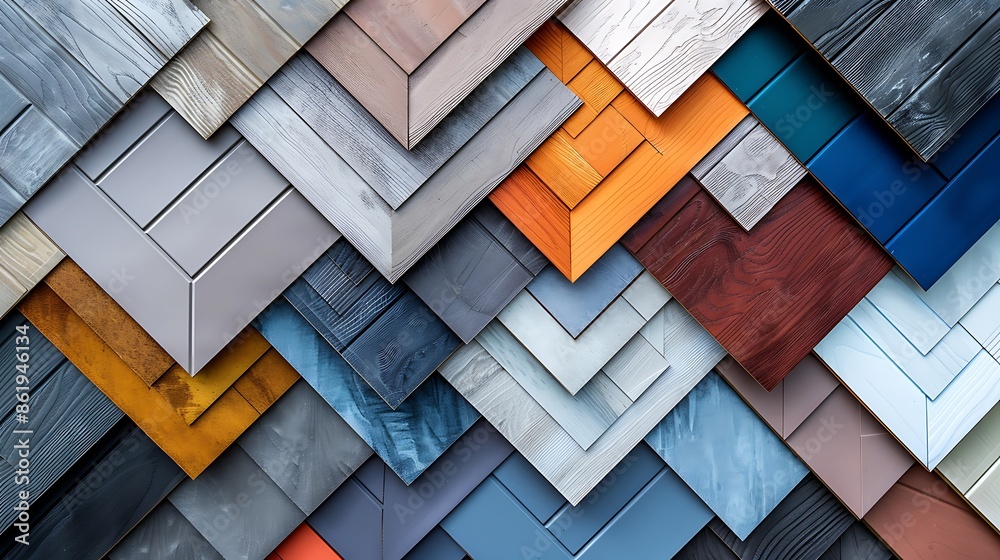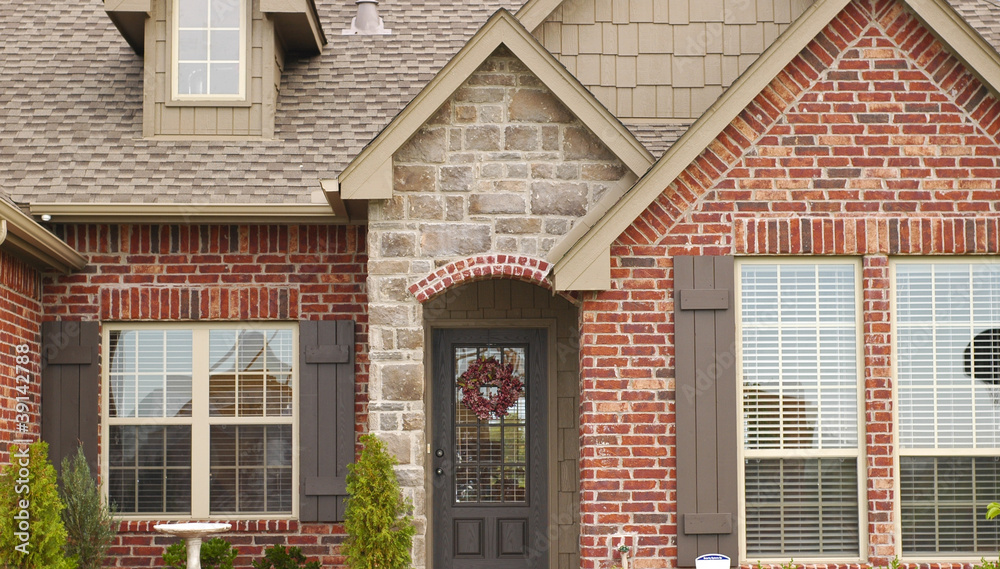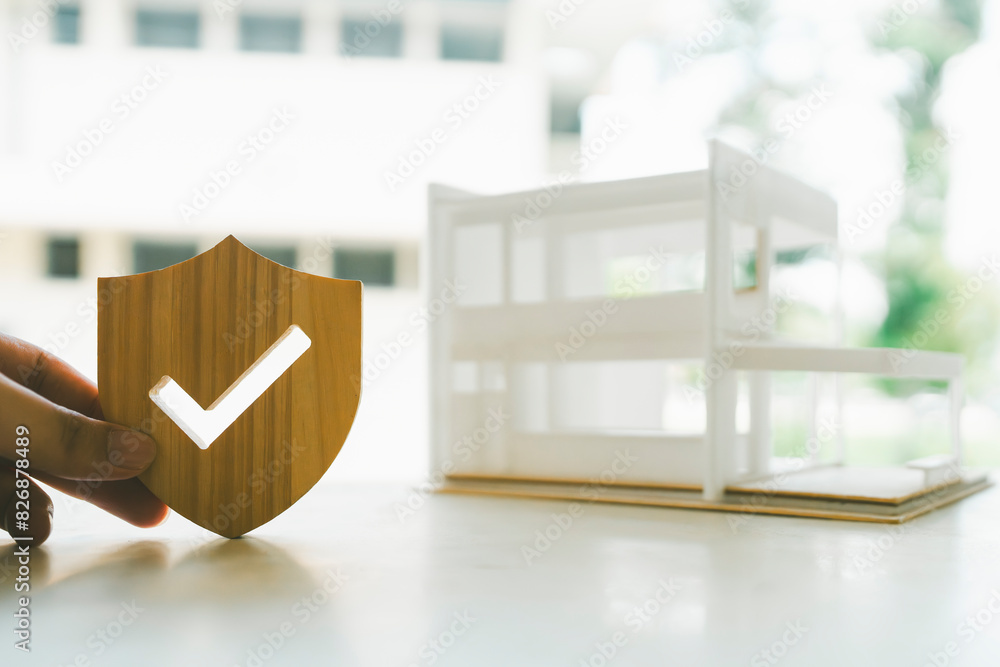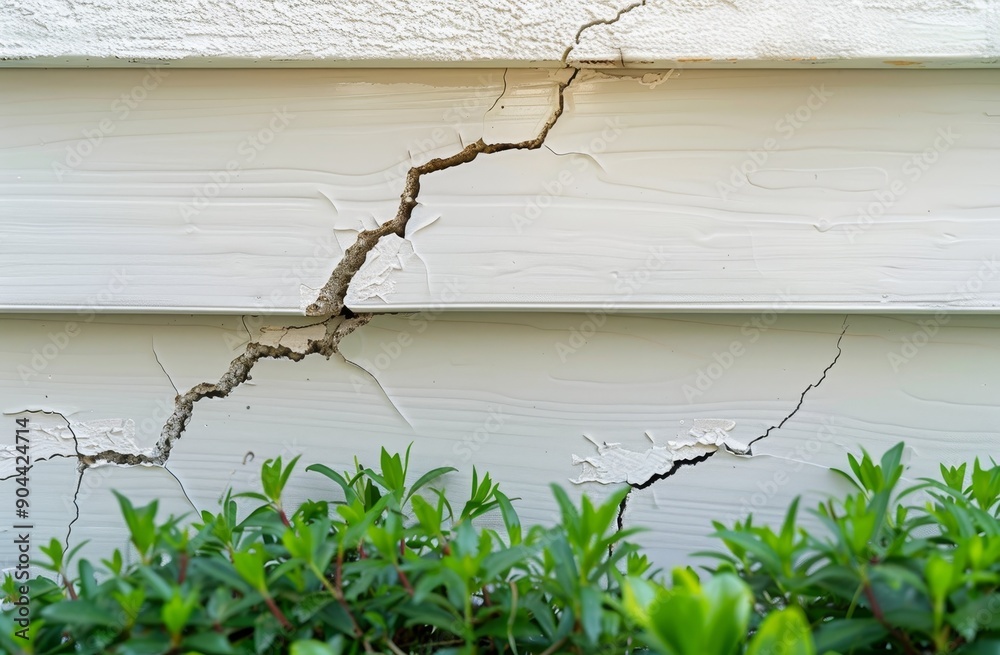Understanding the Impact of Siding on Home Resale Value
Siding is more than just an exterior finish for your home. It serves multiple purposes, including insulation, protection from weather, and contributing to the overall curb appeal. Here’s how siding can influence the resale value of your home:
1. Curb AppealFirst Impressions Matter: The exterior of your home is the first thing potential buyers see. High-quality, attractive siding can make a strong positive impression, increasing the likelihood of attracting interested buyers.
Modern and Fresh Look: Updating old or worn-out siding can give your home a modern, fresh appearance. This can be particularly appealing in competitive real estate markets where visual appeal can set your home apart.
2. Energy EfficiencyImproved Insulation: Energy-efficient siding options, such as insulated vinyl or fiber cement, can enhance your home’s insulation, leading to lower energy bills. Potential buyers often appreciate homes with energy-saving features, which can be a strong selling point.
Environmental Appeal: Eco-friendly siding materials, such as recycled wood or fiber cement, appeal to environmentally conscious buyers. Highlighting these green features can add value in the eyes of potential buyers.
3. Maintenance and DurabilityLow Maintenance: Modern siding materials like vinyl and fiber cement require minimal maintenance, which is attractive to buyers looking for a hassle-free home.
Longevity: Durable siding materials can last for decades, reducing the need for future replacements or repairs. This long-term reliability can be a significant selling point for prospective buyers.
4. Protection and Structural IntegrityWeather Resistance: High-quality siding protects your home from harsh weather conditions, including rain, wind, and extreme temperatures. This protection can prevent damage to the underlying structure, preserving the home’s integrity.
Pest Resistance: Certain siding materials, such as fiber cement and metal, are resistant to pests like termites and carpenter ants. This can be an important factor for buyers concerned about pest damage.
Join HICP Homeowner’s Alliance
Connect with experts, get special discounts and enjoy member benefits
Types of Siding and Their Impact on Resale Value
Different siding materials offer varying levels of impact on your home’s resale value. Here’s a closer look at some popular siding options:
1. Vinyl SidingPros:
- Cost-Effective: Vinyl siding is one of the most affordable options, offering a good balance of cost and durability.
- Low Maintenance: Requires minimal upkeep, usually just periodic cleaning with a garden hose.
- Variety: Available in a wide range of colors and styles, including options that mimic wood.
Cons:
- Appearance: While improved over the years, some buyers may still prefer the look of natural materials over vinyl.
Resale Value Impact: Vinyl siding offers a solid return on investment (ROI), typically around 70-80%. Its affordability and low maintenance appeal to a broad range of buyers.
2. Fiber Cement SidingPros:
- Durability: Highly resistant to fire, insects, and rot. Can withstand extreme weather conditions.
- Aesthetic Appeal: Can mimic the look of wood, stone, or brick with less maintenance.
- Longevity: Can last up to 50 years with proper maintenance.
Cons:
- Cost: Higher upfront cost compared to vinyl, both in terms of materials and installation.
- Weight: Heavier and more difficult to install, often requiring professional help.
Resale Value Impact: Fiber cement siding offers one of the highest ROIs, often exceeding 80%. Its durability and aesthetic appeal make it highly attractive to buyers.
3. Wood SidingPros:
- Aesthetic Appeal: Offers a natural, warm appearance that many homeowners find attractive.
- Customizable: Can be painted or stained in any color, allowing for greater design flexibility.
Cons:
- Maintenance: Requires regular maintenance, including painting or staining, to prevent rot and insect damage.
- Cost: Generally more expensive than vinyl and other synthetic materials.
Resale Value Impact: Wood siding can also offer a high ROI, typically around 70-80%. Its classic look and customizable options are appealing to many buyers, though the maintenance requirement may be a downside for some.
4. Metal SidingPros:
- Durability: Extremely resistant to weather, fire, and pests.
- Low Maintenance: Requires minimal upkeep and can last for decades.
- Modern Aesthetic: Offers a sleek, contemporary look that can enhance certain architectural styles.
Cons:
- Cost: Higher upfront cost compared to vinyl and some other materials.
- Aesthetic: May not suit all home styles and can look industrial to some buyers.
Resale Value Impact: Metal siding typically offers a solid ROI, around 70-80%. Its durability and low maintenance are significant selling points, particularly in areas prone to harsh weather conditions.
5. Brick and Stone Veneer SidingPros:
- Durability: Long-lasting and resistant to weather and fire.
- Aesthetic Appeal: Provides a classic, elegant look that can increase home value.
- Low Maintenance: Requires minimal upkeep and can last for decades.
Cons:
- Cost: Among the most expensive siding options, both in terms of materials and installation.
- Weight: Requires additional structural support, which can add to installation costs.
Resale Value Impact: Brick and stone veneer siding offer one of the highest ROIs, often around 85-90%. Their timeless appeal and durability make them highly desirable to many buyers.
Calculating the Return on Investment (ROI)
To determine whether siding is worth the investment, it’s essential to consider the ROI. The ROI for siding projects varies based on the type of material, the quality of the installation, and regional market trends. Here’s a general breakdown of ROI percentages for different siding materials:
- Vinyl Siding: 70-80%
- Fiber Cement Siding: 80-85%
- Wood Siding: 70-80%
- Metal Siding: 70-80%
- Brick and Stone Veneer Siding: 85-90%
These percentages represent the amount of the project cost that homeowners can expect to recoup when selling their home. For example, if a fiber cement siding project costs $15,000, an 80% ROI means you could expect to add approximately $12,000 to your home’s resale value.
Additional Factors to Consider
While ROI is an important metric, there are other factors to consider when evaluating the value of siding:
1. Local Market TrendsReal estate market trends can significantly impact the value of home improvements. In some areas, buyers may place a higher premium on certain types of siding due to regional preferences or climate considerations.
2. Home Style and ArchitectureThe style and architecture of your home can influence which siding material is most appropriate. For example, wood siding might be more suitable for a historic home, while fiber cement or metal siding could enhance a modern design.
3. Long-Term SavingsEnergy-efficient siding can lead to long-term savings on utility bills. While these savings may not be immediately reflected in the resale value, they can be an attractive selling point for potential buyers.
ConclusionInvesting in new siding is a significant decision that can greatly impact your home’s resale value. High-quality siding not only enhances curb appeal but also improves energy efficiency, reduces maintenance needs, and provides long-term protection for your home. By choosing the right siding material and considering factors such as local market trends and your home’s architectural style, you can maximize the return on your investment.
Ultimately, siding is more than just an exterior finish – it’s an integral part of your home’s overall value and appeal. For homeowners looking to sell in the near future or those simply wanting to improve their property, investing in quality siding is a worthwhile consideration. Consult with a professional siding contractor to explore the best options for your home and ensure a successful and valuable upgrade.








